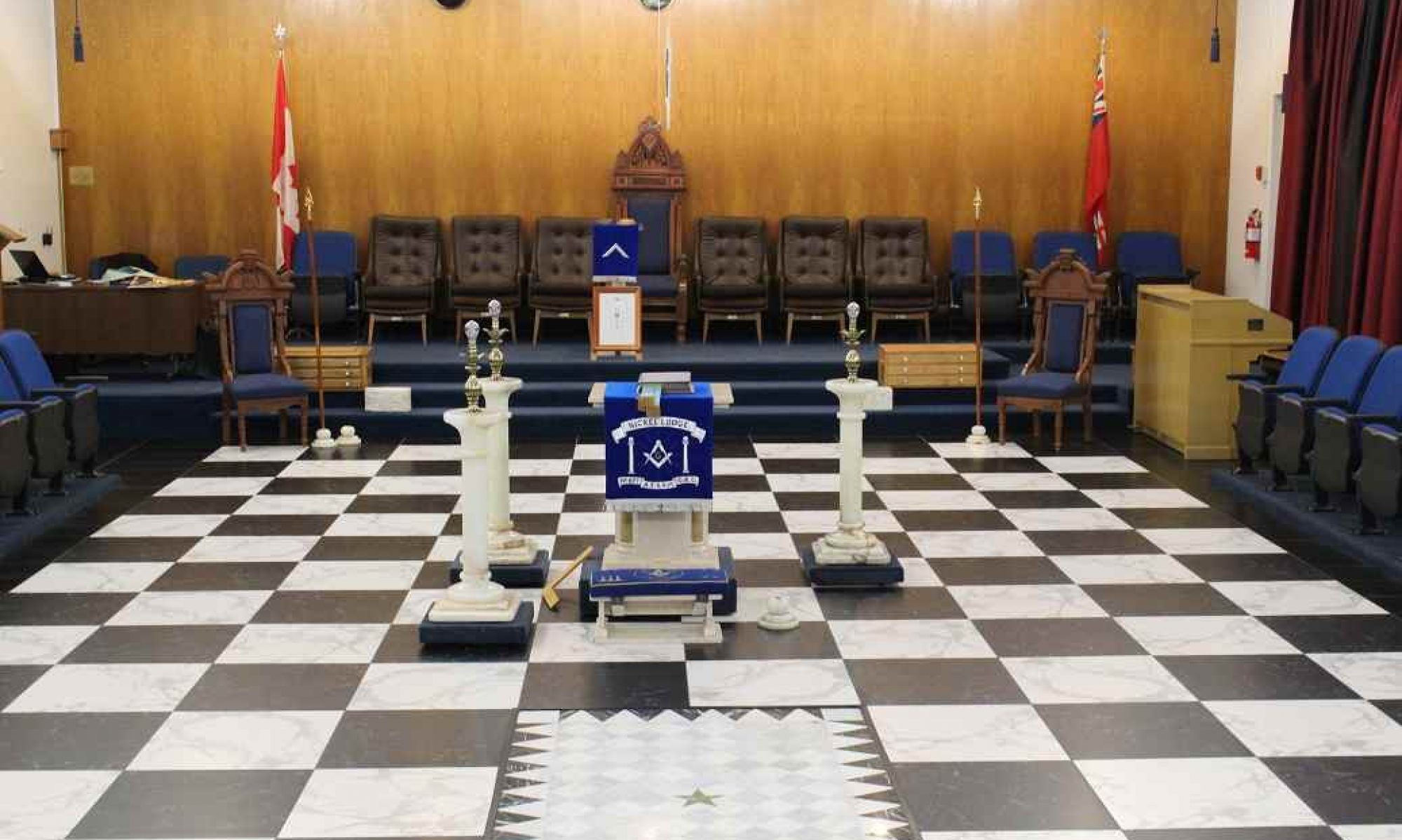Periodically; during my almost 45 years as a Mason, I have heard comments, even questioned by Masons in New York State about The Morgan Affair. Hopefully the following issue will provide some enlightenment to my fellow Brethren with regard to this matter.
My reference for August’s Issue of the Masonic Education is again from our Grand Lodge (of Ancient Free and Accepted Masons of Canada in the Province of Ontario) publication known as “Whence Come We” (1980).
The Morgan Affair and its Aftermath
About 1823 a bricklayer and stone mason by the name of William Morgan, some fifty years made his appearance in Batavia, New York. He claimed he was a Freemason, and was exalted to the Royal Arch on May 31, 1925. He lost the confidence of his brethren, and bad feeling arose between them. The following spring Morgan began to threaten that he would publish an exposure of the Masonic secrets. On September 11, 1826, he was arrested for petty theft. The next day he was released, and left in a coach, escorted against his will by several other men. He was carried to Fort Niagara, on the Canadian frontier, where he was held until September 19. After that there was no reliable trace of him of him. Some say he was taken to Canada, and given $500 to leave the country. Others say that he was taken out in the Niagara River and pushed overboard. Whatever the truth of the matter, it seems clear that his abductors were Freemasons, who were incensed over his threatened exposures and determined to silence him.
His disappearance triggered an anti-Masonic crusade that raged across the country. It began with citizens’ meetings in Batavia, and a public denunciation by the Rev. David Bernard who had himself been a Mason. A book that purported to be Morgan’s exposure was published in December. In January 1827 an Anti-Masonic Convention was held in Seneca, New York. In August 1828 the Anti-Masonic political party was established, to contest the New York election. A National Convention took place in Philadelphia in 1830, and the party had a candidate in the presidential elections of 1832 and 1836. In short, a large segment of public opinion was mobilized.
The effect on Masonry was widespread and devastating. All over the United States lodges closed their doors. Bro. John C. Palmer summarized the results. “In 1827, two hundred and twenty-seven lodges were represented in the Grand Lodge of New York. In 1835, the number had dwindled to forty-one. Every lodge in the state of Vermont surrendered its charter or became dormant; and the Grand Lodge, for several years, ceased to hold its sessions. As in Vermont, so also in Pennsylvania, Rhode Island, Massachusetts, Connecticut; and in a lesser degree in several other states.” The low point for Masonry was reached in 1840, and recovery was slow.
The Craft in Upper Canada was also affected. The P.G.L. held its last meeting in 1829. There were some twenty-six lodges on the Provincial Register in 1826. Eighteen either ceased to work altogether or else became dormant within the next decade.
R.W. Bro. Robert South

